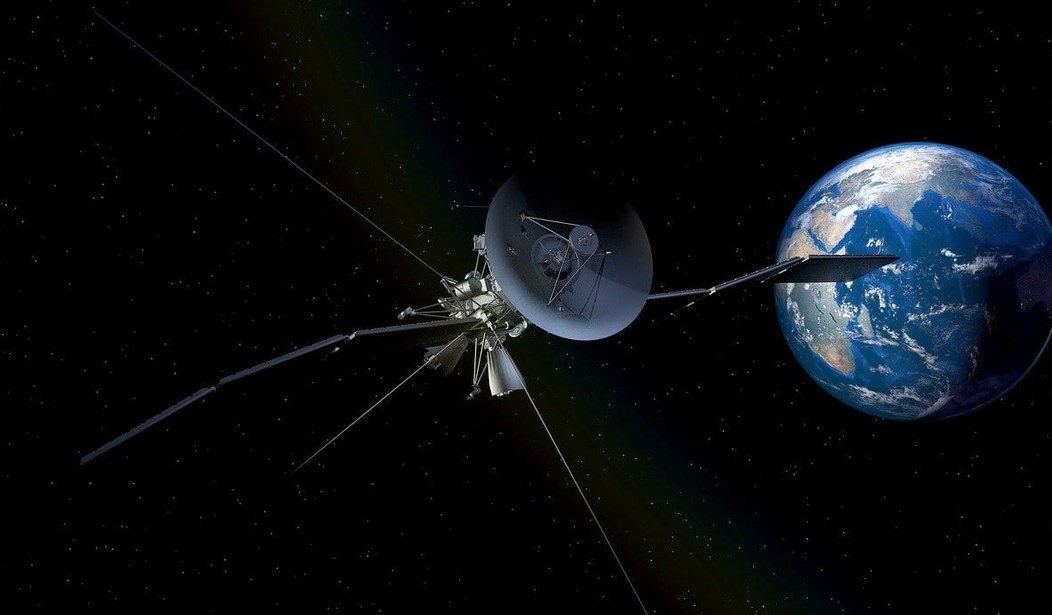For those who ridiculed the Space Force or didn’t believe it necessary, here’s Exhibit A for why that’s a crock.
The commander of the U.S. Space Force, Gen. John “Jay” Raymond, says that a couple of Russian satellites launched in November are taking an unhealthy interest in a highly advanced, billion-dollar U.S. spy satellite. Raymond called the satellite’s movements, “unusual and disturbing.”
This isn’t exactly two warships coming in close proximity to each other — something the Russias have been known to do from time to time. The Russian birds are flying about 100 miles behind our satellite.
“It has the potential to create a dangerous situation in space,” said Raymond, while other space experts wondered what Moscow may be able to learn from close-up photos of the spacecraft. Modern optical satellites could probably see the “United States of America” decal on the satellite from 100 miles away without much trouble. They could figure out what kind of cameras the satellite has deployed and get an idea of some of its flight capabilities.
Easier to shoot down, if it comes to it.
The Time magazine report illustrates an almost sci-fi case of alleged space espionage. Russia reportedly launched a satellite into orbit last November and– while in orbit– it split into two separate satellites. One expert compared it to a “Russian nesting doll.”
The Kremlin has insisted that the satellites are simply conducting experiments. An amateur satellite tracker used public data to theorize that the Russian satellites are “cleverly designed” to monitor the U.S. satellite during otherwise challenging visual moments in orbit: like sunrises.
“It’s clear that Russia is developing on-orbit capabilities that seek to exploit our reliance on space-based systems that fuel our American way of life,” Raymond told Time.
There are many who are just not convinced of the necessity of a Space Force. Certainly, it has the potential to be a “budgetary sinkhole” and a bureaucratic morass.
“The initial costs of setting up the Space Force are likely a small down payment on an undertaking that could cost tens of billions of dollars in the years to come,” says William D. Hartung, director of the arms and security project at the Center for International Policy. “The last thing we need is more bureaucracy at the Pentagon, but that’s exactly what the Space Force is likely to give us. Creating a separate branch of the armed forces for space also risks militarizing U.S. space policy and promoting ill-advised and dangerous projects that could involve deploying weapons in space.”
Where Trump originally wanted a Space Force that stood apart from the other services, Congress determined it was better off being attached to the Air Force. It won’t necessarily save any money, but will probably prevent duplication and turf wars in the future.
As anti-satellite technology advances, the $15 billion originally earmarked for the Space Force will be money well spent. What that budget will look like in five or ten years might be a different story.










Join the conversation as a VIP Member